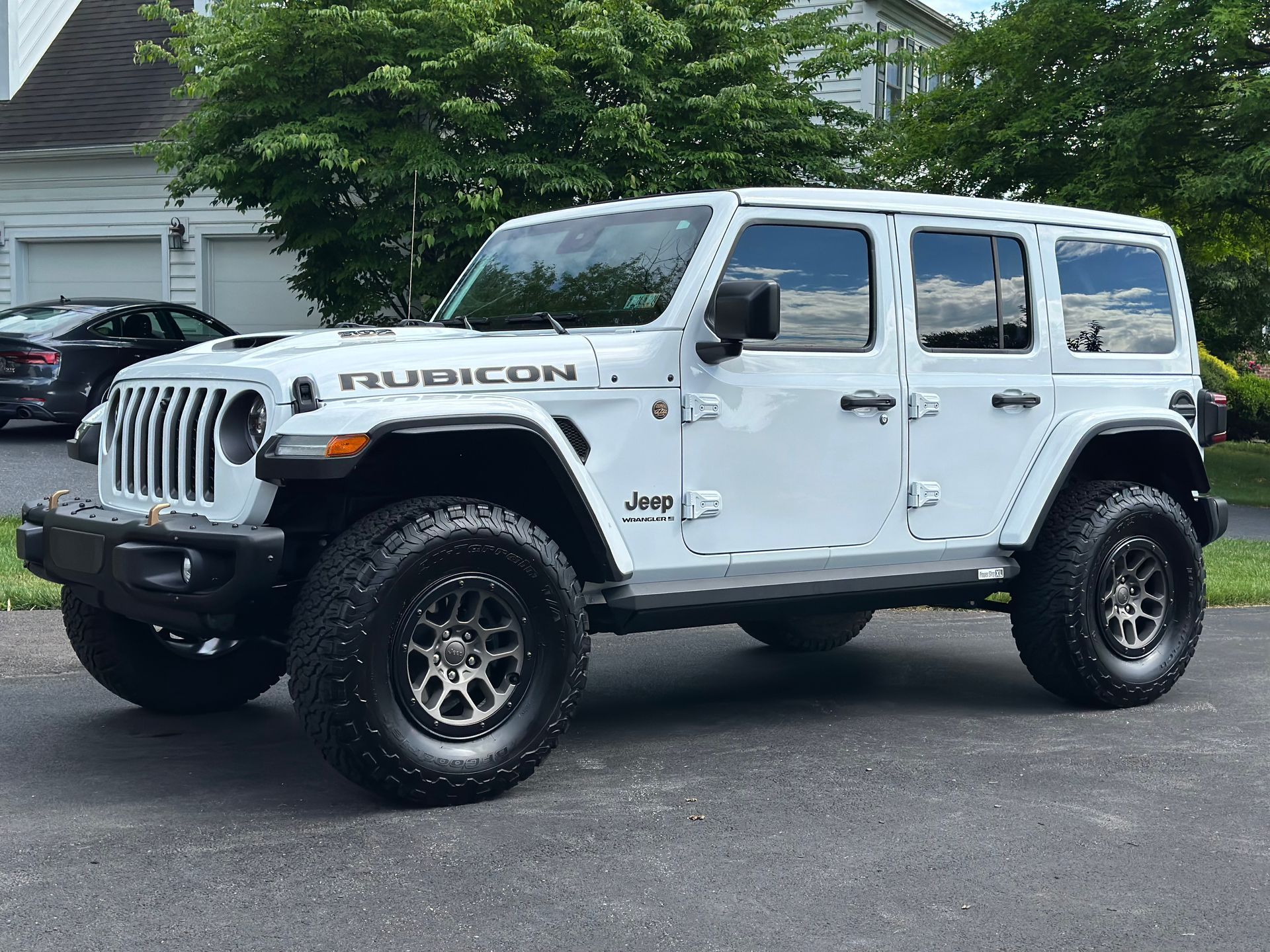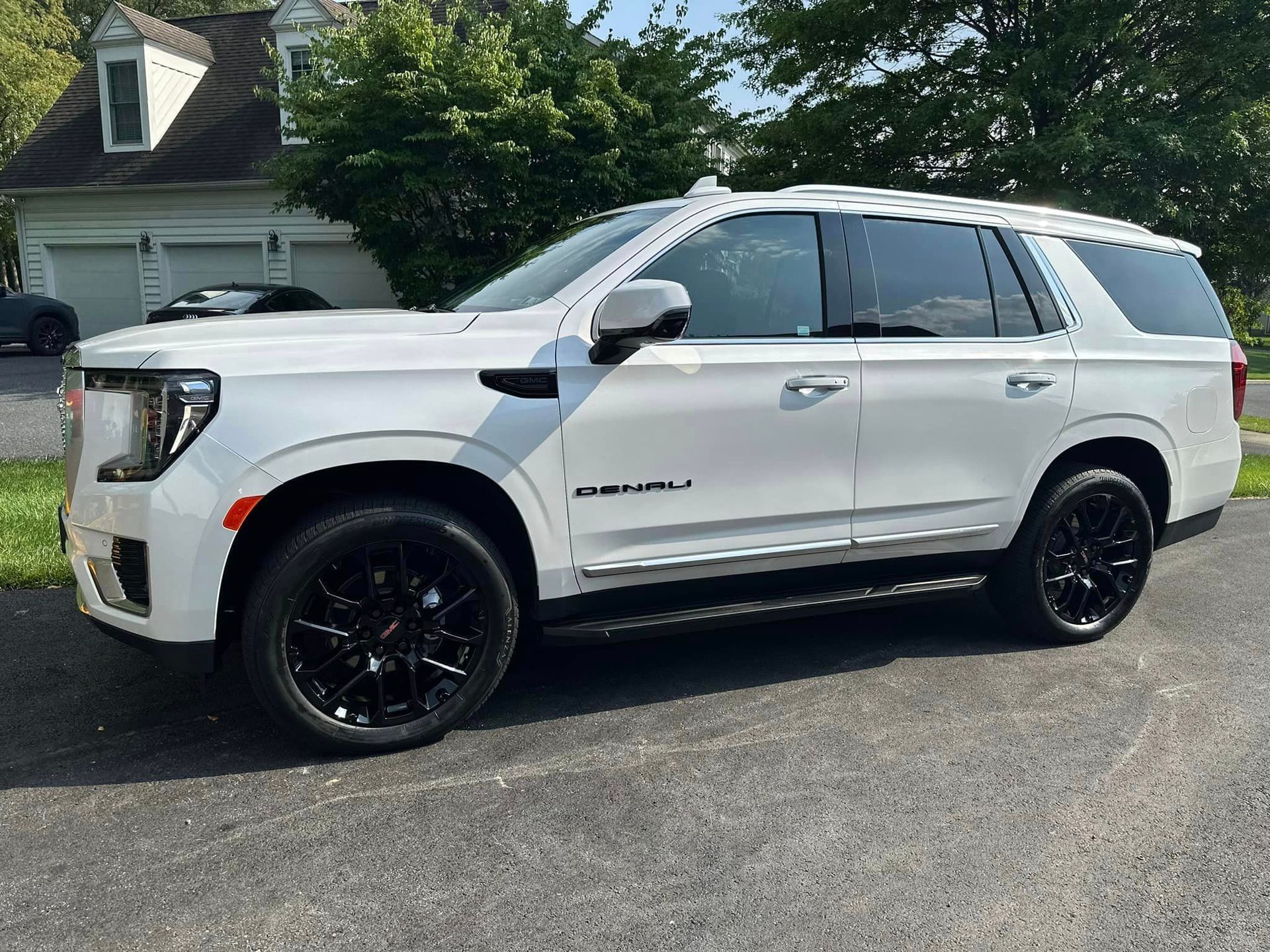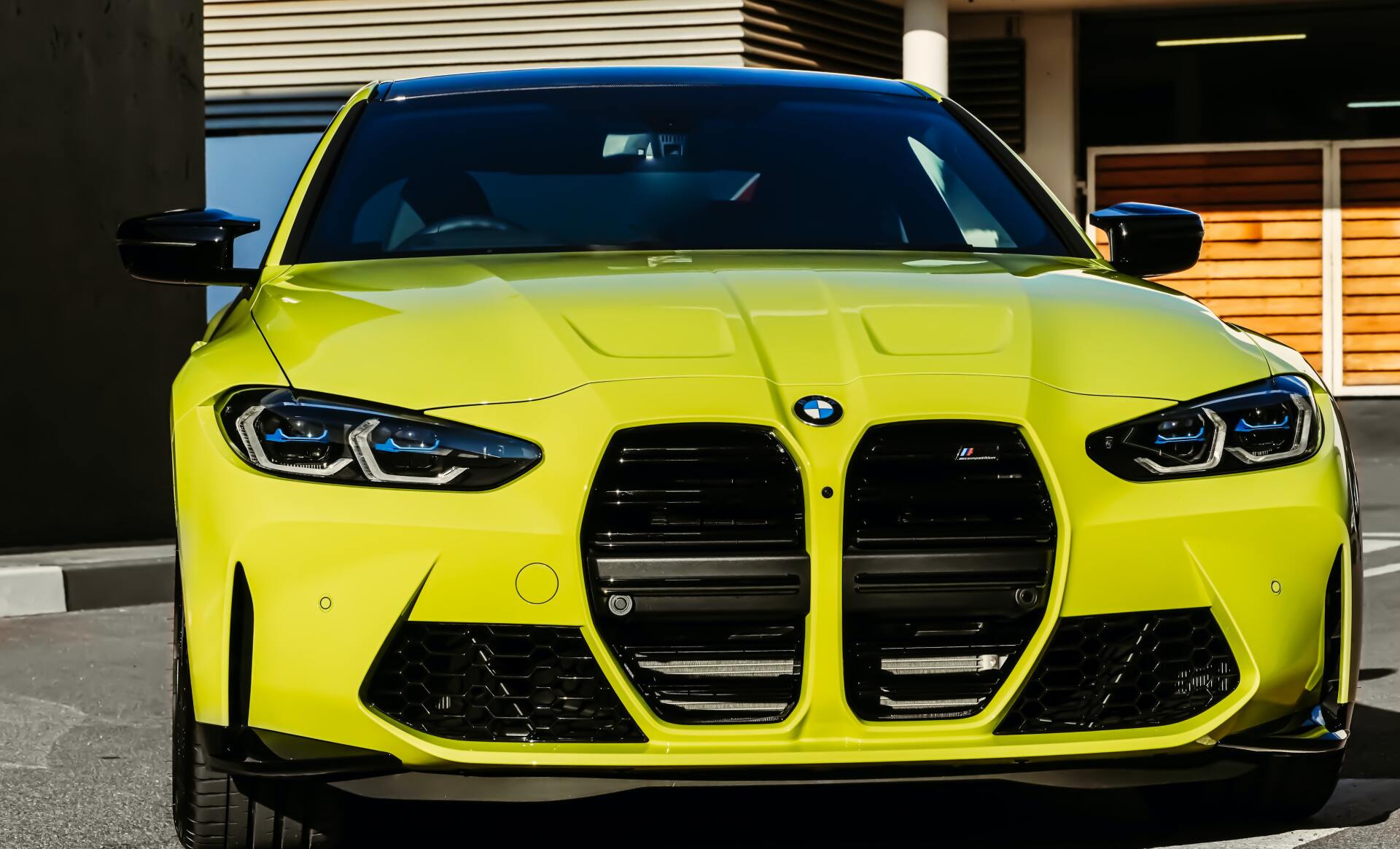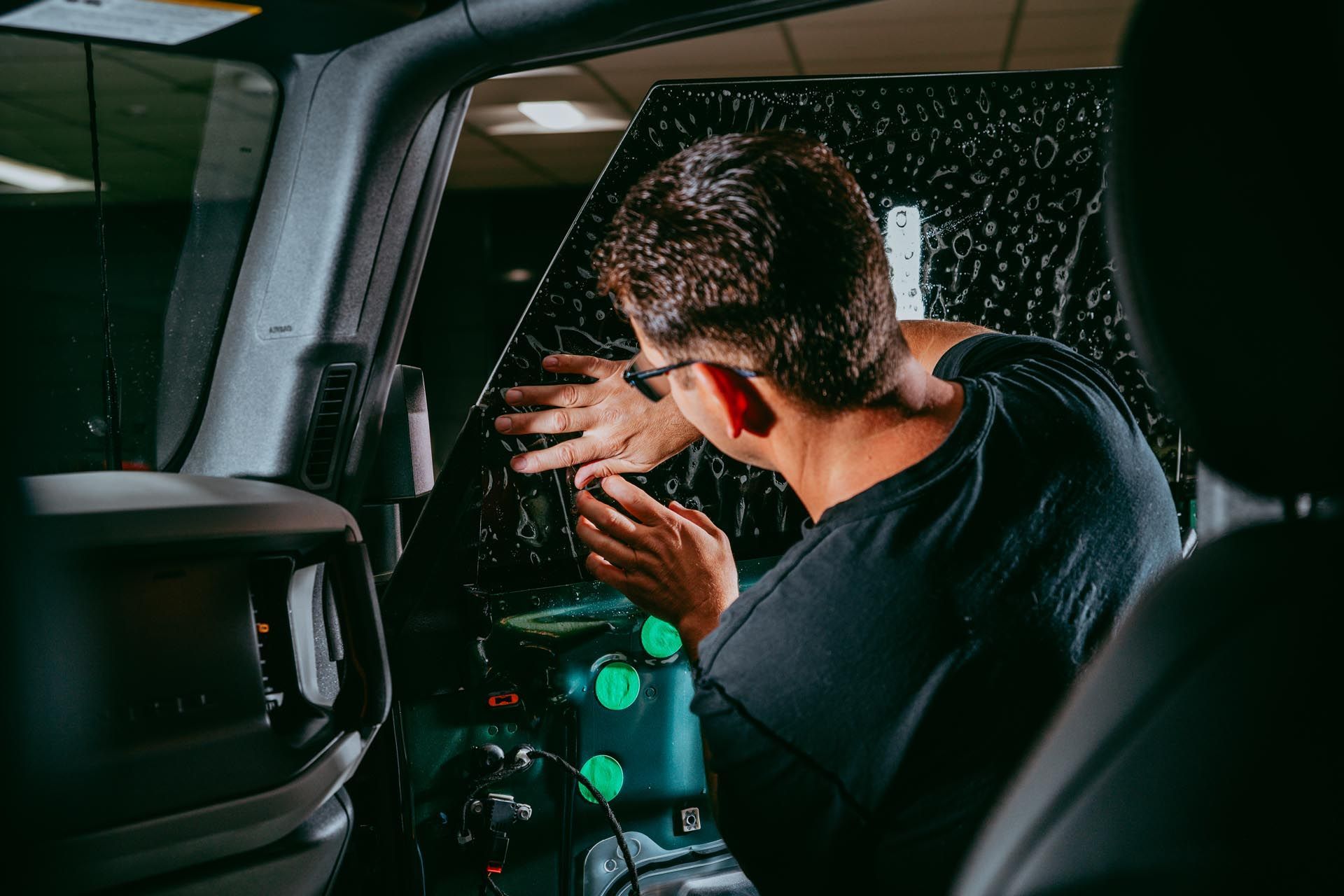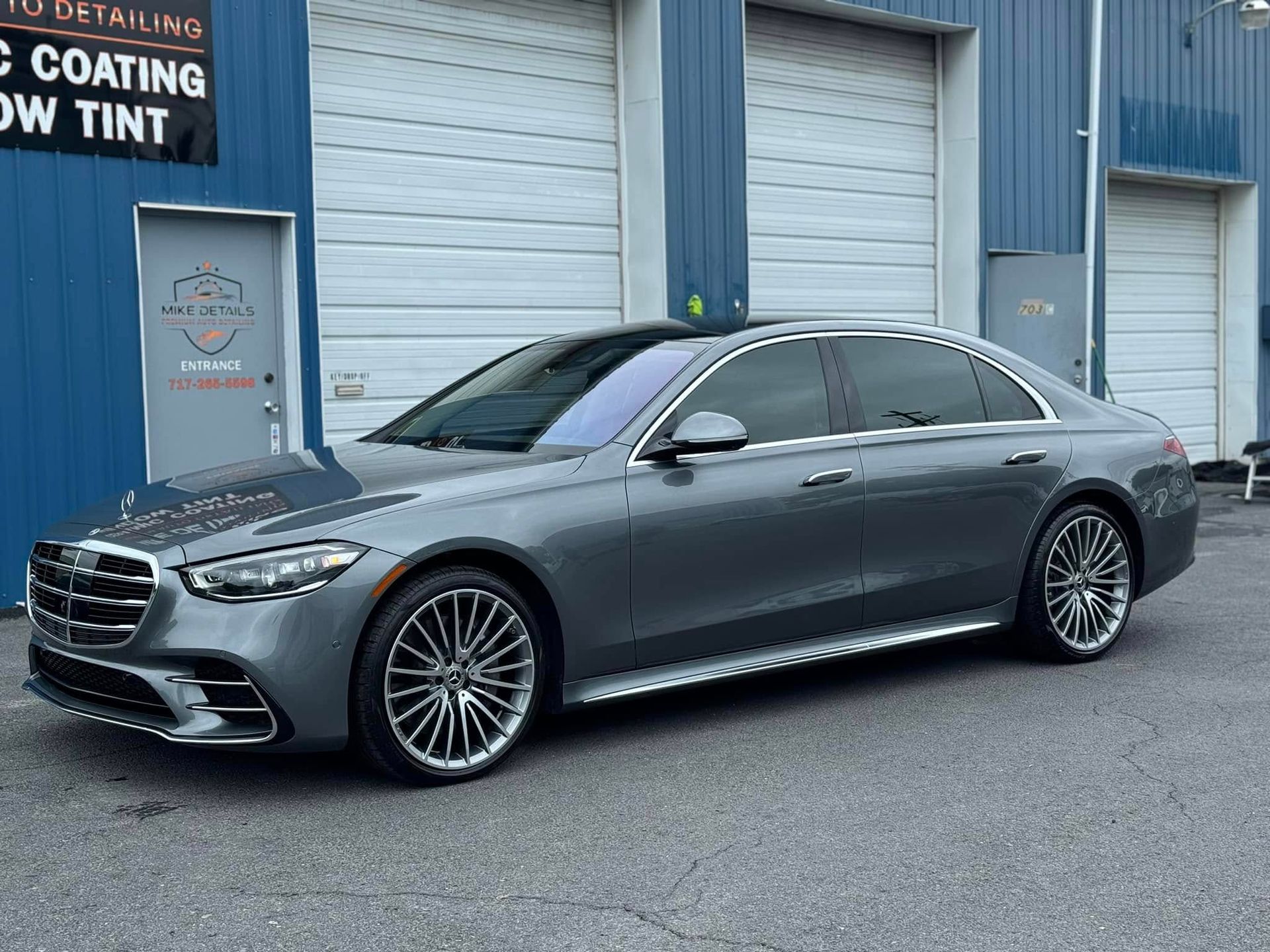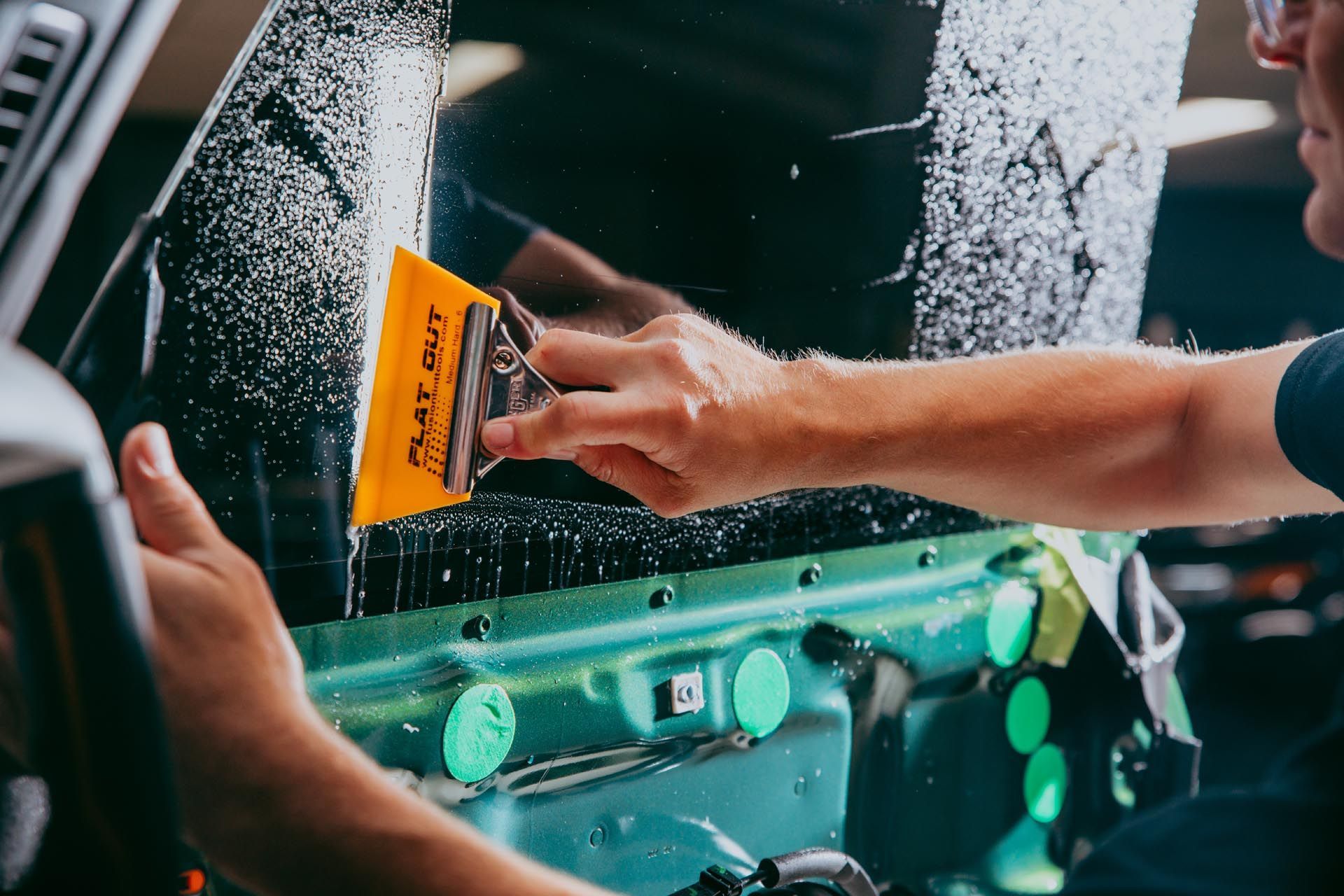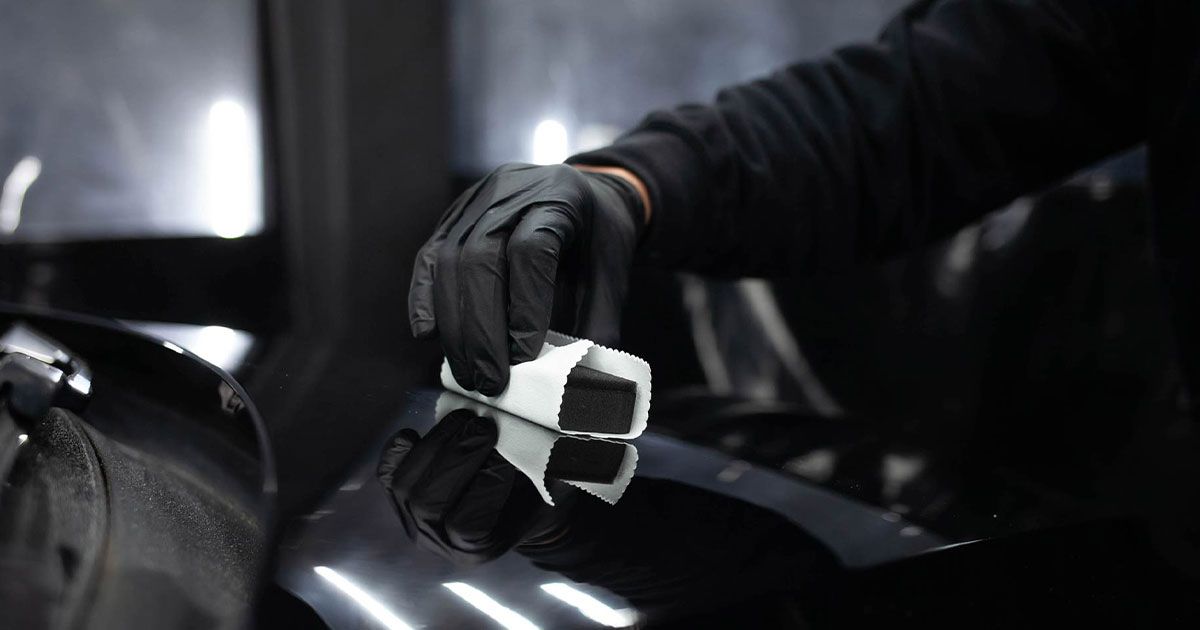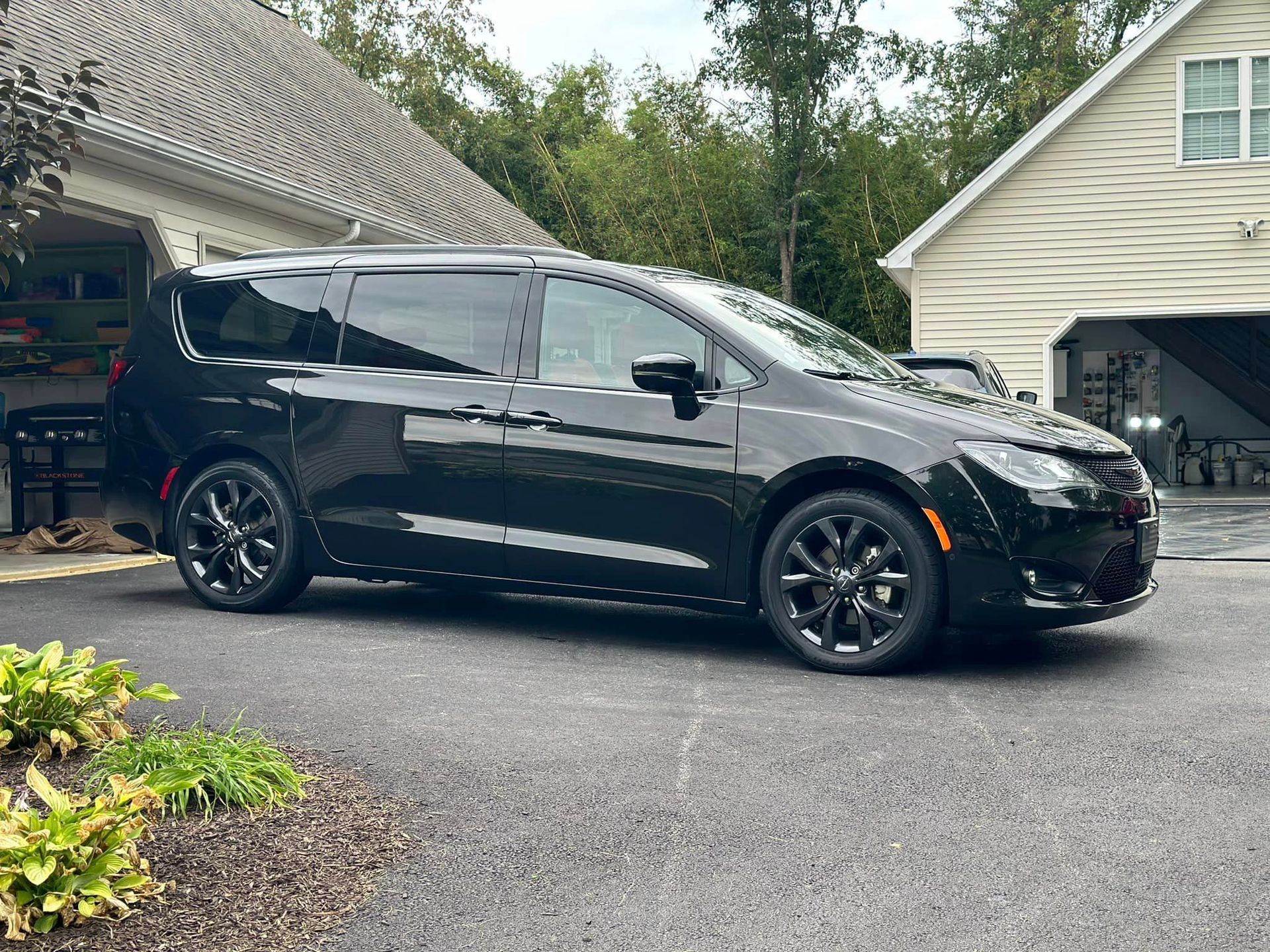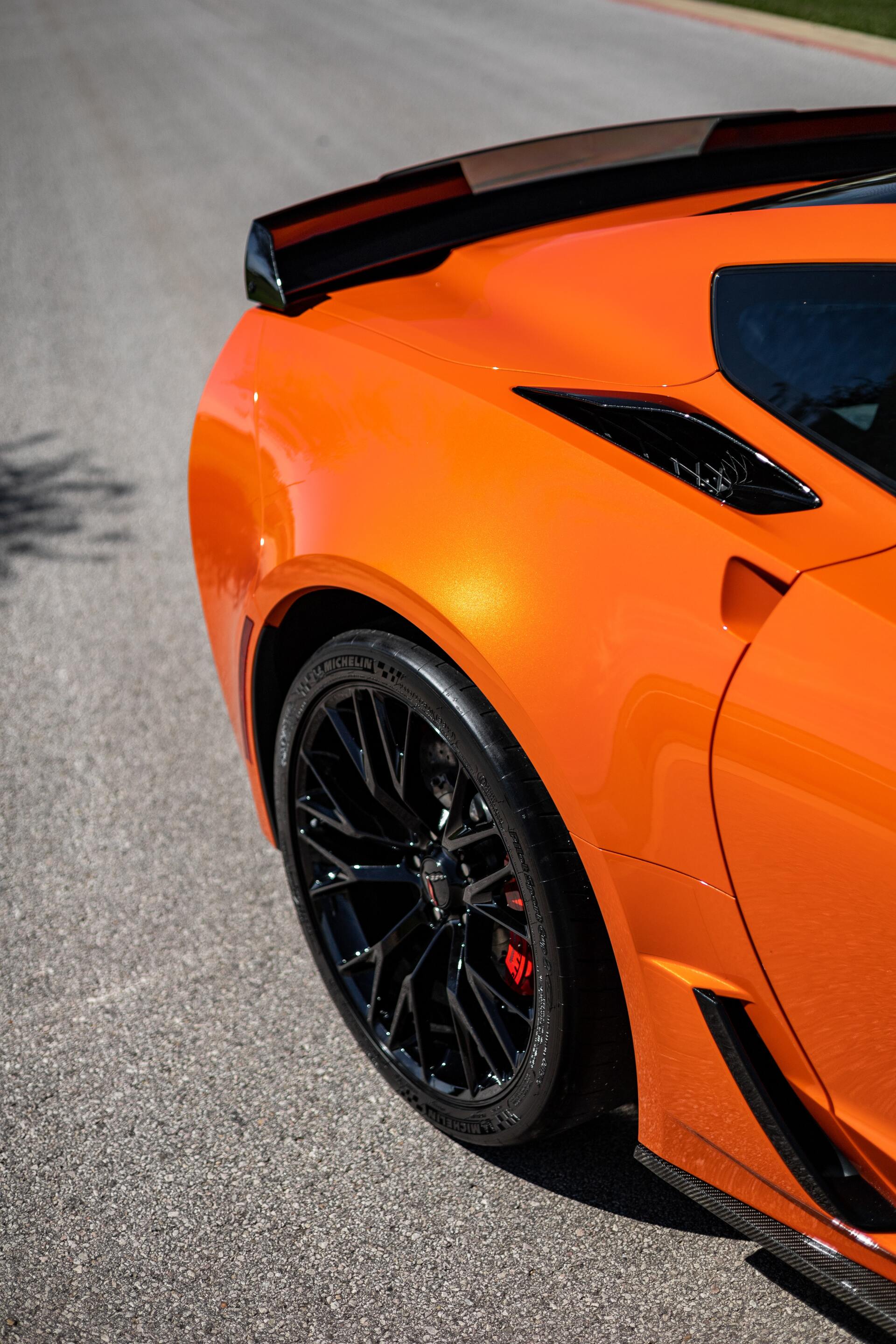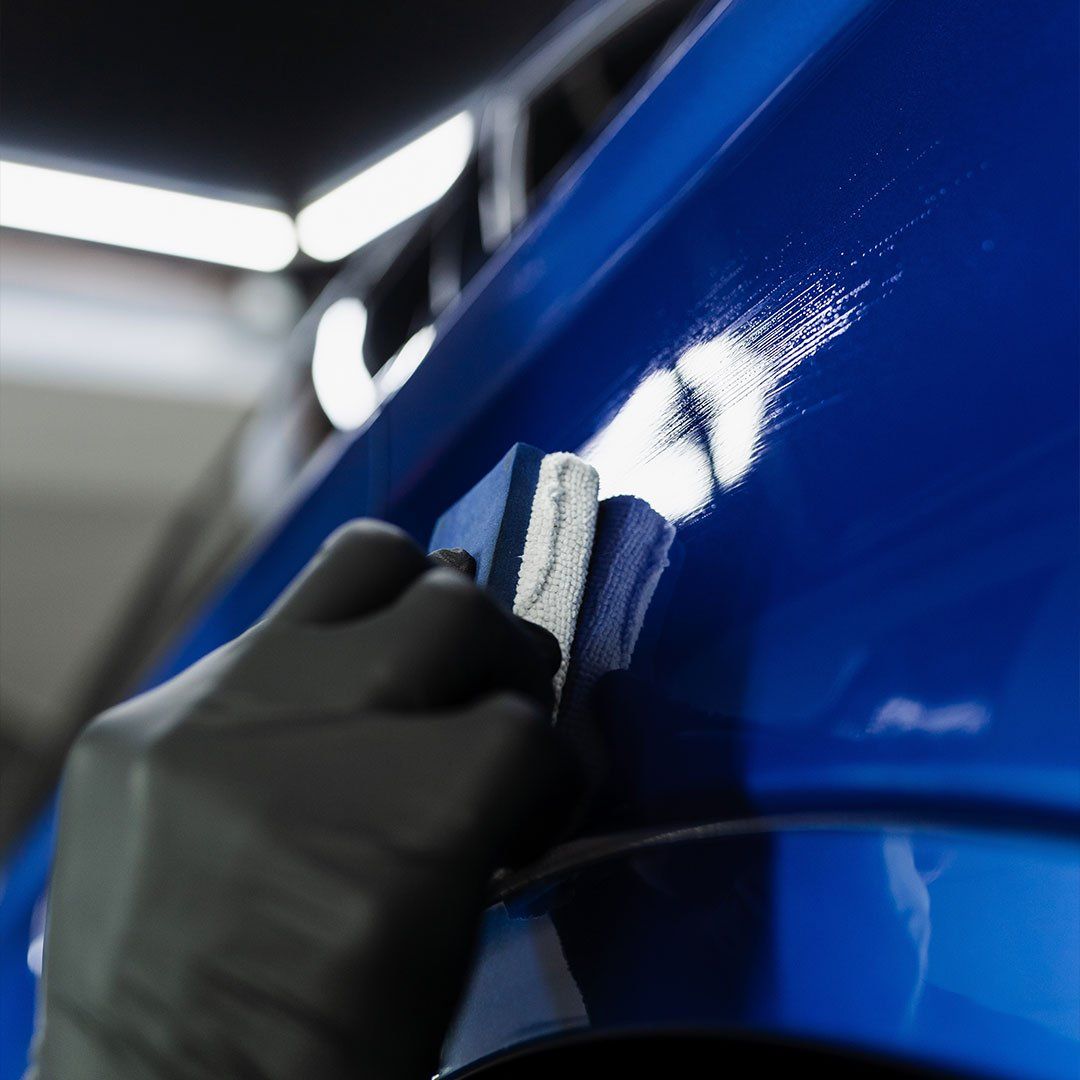Can You Wash Your Car Right After Tinting the Windows?
CALL (717) 265-5598
Introduction
At
Mike Details in Mechanicsburg, PA, we often receive one of the most common questions after a fresh tint installation: “Can I wash my car right away?” Since we specialize in premium auto window tinting services, it’s our job to ensure that your investment lasts. Window tinting doesn’t just enhance the look of your vehicle; it also improves comfort, reduces glare, and blocks harmful UV rays. But to get the best results, proper post-installation care is essential.
Understanding the Window Tinting Process
What is Window Tinting?
Window tinting involves applying a thin, durable film to the inside of your car’s windows. This film is designed to reject infrared heat, block UV rays, and provide privacy while giving your vehicle a sleek, finished look.
How Tint Film Adheres to Glass
The tint film adheres to the glass using a special adhesive activated during installation. This adhesive starts bonding immediately but needs time to fully cure. Until that process is complete, the film remains vulnerable to outside factors like water, pressure, or dirt.
Curing vs. Drying – The Key Difference
A common misconception is that tint sets instantly after installation. In reality, it cures over several days. Drying refers to surface moisture evaporating, while curing means the adhesive underneath has set firmly into place. Washing your car before curing is complete can disrupt this bonding process.
Why Washing Immediately After Tinting is Risky
The Role of Moisture in Adhesion
Water is part of the installation process, but introducing more moisture too soon can interfere with adhesion. This can cause bubbles, peeling, or streaking beneath the film. Early washing exposes your tint to water pressure and soaps that can damage the bond before it’s fully set.
Impact of Soap, Water, and Pressure
Car washes use detergents, brushes, and high-pressure water. These elements can break the seal of a fresh tint, forcing water behind the film and damaging its finish. Even a soft cloth can damage the adhesive if used too soon.
Common Mistakes Car Owners Make
Some car owners assume a quick rinse is harmless. Others roll down windows too early or wipe them with abrasive cloths. These actions may seem small but can shorten the lifespan of your tint dramatically. While it may be tempting to clean your vehicle right away, patience pays off in the long run.
How Long Should You Wait Before Washing?
Standard Wait Time Recommendations
We recommend waiting at least 5-7 days before washing your vehicle after tinting. This gives the adhesive time to bond properly to the glass, ensuring the tint stays intact and performs as it should.
Seasonal and Climate Considerations
In warm, dry conditions, tint may cure faster. During colder or more humid weather, curing can take longer—sometimes up to two weeks. If you’re in a hurry, try to avoid washing your car until the tint is fully settled. Patience ensures your tint settles correctly and performs optimally.
Signs Your Tint Has Fully Cured
Look for water bubbles or haziness inside the film. Once these disappear, indicating the adhesive has fully cured, your tint is ready for a regular wash. If you’re unsure, you can always ask a professional installer for guidance.
Safe Car Care Practices While Tint Cures
Interior Condensation Precautions
During the curing process, try to avoid fogging up your interior. Excess condensation on the inside of your windows can interfere with the adhesive process. Keep the air circulating inside the vehicle and avoid using the air conditioning on full blast.
Exterior Cleaning Alternatives
If your vehicle gets dirty during the curing phase, stick to spot cleaning with a damp microfiber cloth instead of a full wash. This approach minimizes the exposure of the film to moisture while still allowing you to maintain the appearance of your vehicle.
Avoiding Window Operation Too Soon
Rolling windows up and down before the curing process is complete can cause peeling at the edges. Wait at least 3-5 days before operating your windows. This precaution helps preserve the integrity of your tint job.
Best Practices for Washing Tinted Windows
Choosing the Right Cleaning Products
Once your tint has fully cured, choose ammonia-free glass cleaners. Ammonia can discolor or weaken the adhesive over time, shortening the lifespan of your tint. Stick to high-quality, gentle products that won’t harm the film.
Safe Tools to Use
Microfiber towels are the safest option for cleaning tinted windows. Unlike paper towels or rough fabrics, microfiber reduces the risk of leaving fine marks on your tint. Always use a clean, dry microfiber cloth to gently wipe away dirt or water marks.
Avoiding Abrasives and Harsh Chemicals
Avoid using scrubbing pads, razor blades, or harsh cleaning solutions. These can damage your tint film, leading to peeling or discoloration. Always treat your tint as gently as you would a high-end finish.
Long-Term Maintenance for Tinted Windows
Protecting Against UV Damage
Even though tint provides UV protection, extended sun exposure can still take a toll over time. Parking in shaded areas or using sunshades can help protect your tint and keep it in top condition. Regular care will ensure your tint lasts for many years, maintaining its effectiveness.
How to Extend the Life of Your Tint
Gentle cleaning, avoiding strong chemicals, and using quality cleaners will help your tint maintain its clarity and strength for years. Regular maintenance helps avoid premature wear and tear, so you can continue enjoying the benefits of your premium tint.
Mistakes That Shorten Tint Lifespan
Avoid using tinted window stickers, aftermarket adhesives, or sharp objects near the edges of your tint. These can cause peeling, bubbling, or discoloration. Treating your tint with care will ensure it remains as effective and visually appealing as the day it was installed.
Professional Installation and Its Advantages
Why Expertise Matters
Professional installation ensures even application, proper curing, and lasting results. Cutting corners with low-grade tint or inexperienced installers often leads to premature peeling, fading, or other issues. By trusting the experts at Mike Details, you’re guaranteeing that your tint job is performed to the highest standards.
High-End Film Options Like Autobahn
We proudly install
Autobahn nano-ceramic films, which deliver unmatched heat rejection, clarity, and durability. These films are engineered for long-lasting performance and style, offering superior protection against heat, UV rays, and glare. With Autobahn, your vehicle’s tint performs at the highest level, providing lasting comfort and protection.
Benefits of Certified Installers
Our certified team applies tint with precision, ensuring that your investment looks sharp and lasts longer. Professional installation comes with warranties that protect your purchase, giving you confidence in your decision. Certified installers also ensure your tint is applied in accordance with all manufacturer guidelines, maximizing its performance and longevity.
Conclusion
Washing your car right after window tinting is never a good idea. Giving the film time to cure ensures that your tint bonds securely and lasts for years to come. At Mike Details, we take pride in helping vehicle owners in Mechanicsburg get the most from their tinting investment. Ready to protect your car with premium window tinting?
Book your appointment today and experience the difference at Mike Details.
FAQs
- Can I roll my windows down right after tinting?
No, wait at least 3–5 days before rolling windows down to prevent peeling. - What happens if I accidentally wash too soon?
Early washing can cause bubbles, streaks, or peeling, weakening the tint’s bond. - Does tint cure faster in summer?
Yes, warm and dry conditions speed up curing, while colder weather slows it down. - Will bubbles go away on their own?
Yes, small bubbles are normal during curing and usually disappear within a week. - How long does professional tint typically last?
With proper care, high-quality tint like Autobahn can last 10 years or more.

